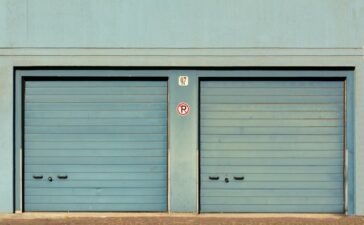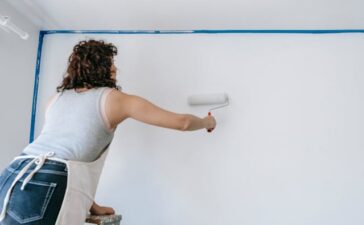Selecting the right work boots matters a lot for people who spend many hours standing or walking, especially on busy Australian job sites. Across industries from building and warehouses to farms and factories, comfy boots have become an absolute must instead of just something nice to have. The right boots prevent tired muscles, cut down accident risk, and keep you working strong all day. With countless choices out there, knowing which features truly make a difference can help you find lasting comfort and perfect support.

Superior Cushioning for All-Day Support
Cushioning ranks among the most important things to check when buying work boots. Boots with solid cushioning in the insoles and midsoles take away a lot of pressure from your feet and joints. If you clock long shifts or are always moving on hard floors, this detail becomes even more valuable. Some top boots bring memory foam or gel-filled insoles that shape themselves to your feet for a custom fit. These materials add support, spread your weight evenly, and take away much of the strain. Choose boots with cushioning that stays puffy after hours of use, because cheap models can quickly flatten out, leaving your feet aching before your shift ends.
Perfect Fit and Sizing
Fit means everything when it comes to all-day comfort and safety on the site. Too-tight shoes can cause painful blisters, hard calluses, and lower blood flow, but loose boots might slip and lead to falls. Take time to try boots with the socks you use every day in real conditions for the best fit. Toes need enough space to wriggle, and the heel must be snug to avoid rubbing or slipping while you walk. For womens work boots, getting the right fit becomes even more important, since women’s feet often have different shapes to men’s, and top brands now design special models for those needs. Proper fit boosts stability and helps avoid foot issues like bunions or plantar fasciitis if you’re always on your feet.
Breathable and Moisture-Wicking Materials
Australia’s tough weather, especially in summer, can heat up your feet quickly if boots are not chosen with airflow in mind. That’s why you should look for boots made with moisture-wicking linings and uppers that breathe, such as mesh or perforated leathers. When shoes allow air to move and draw sweat away, they keep your feet dry, which helps prevent blisters and fungal infections. Decent airflow inside the boots also means your feet stay cooler and smells don’t build up, making the end of day relief much better. Spending a bit more for breathable work boots pays off by giving lasting daily freshness.
Strong Yet Flexible Construction
Having strong boots protects your feet, but you also want some bending ability for comfort and natural walking. Full-grain leather, thick rubber soles, and hard toe caps help guard against impacts and daily wear-and-tear, yet flexible shoes help your feet move freely so you don’t get tired so fast. Boots that are too stiff can make your muscles work harder, making you tire out quickly on the job. Great work boots combine protection at toes and heels with freedom to walk and climb. Don’t forget, a smart sole design also brings shock absorption and slip-resistance, which comes in handy when you’re working on rough or wet ground found at many Australian jobsites.
Arch and Ankle Support
Many workers forget how vital arch and ankle support is for all-day comfort and to stop injuries. Flat feet or high arches mean you’ll need special support from your boots. Choose insoles with raised arches to cut down on pain, especially when you stand or walk for long periods. Good ankle support is also necessary if your job means moving a lot or working where the ground isn’t flat. High-top or lace-up boots hold your ankle steady and stop sprains, twist injuries, and wobbly footing. Supported feet and ankles help you avoid getting tired so you can stay on task until the day ends.

Lightweight Design without Sacrificing Safety
You don’t want heavy boots weighing you down from dawn to dark, even if they offer top protection. New work boots use lightweight materials that still keep you safe. For example, composite toe caps are much lighter than classic steel toes but still meet all Australian safety requirements. Less boot weight means less muscle pain and lets you walk or crouch without wasting energy. Just make sure that lighter construction doesn’t skip key safety features, look for boots with solid toe shields, strong soles that resist sharp objects, and even heat or electric hazard protection. Nowadays, manufacturers do a great job of putting comfort and safety together in footwear tough enough for any Australian worksite.





